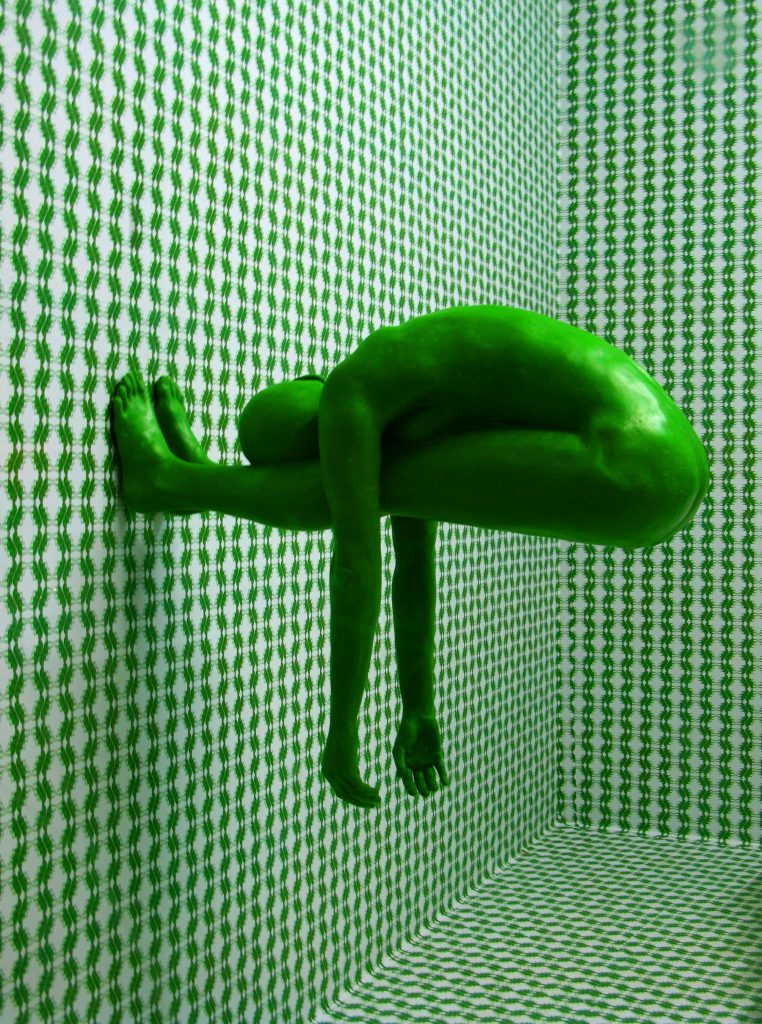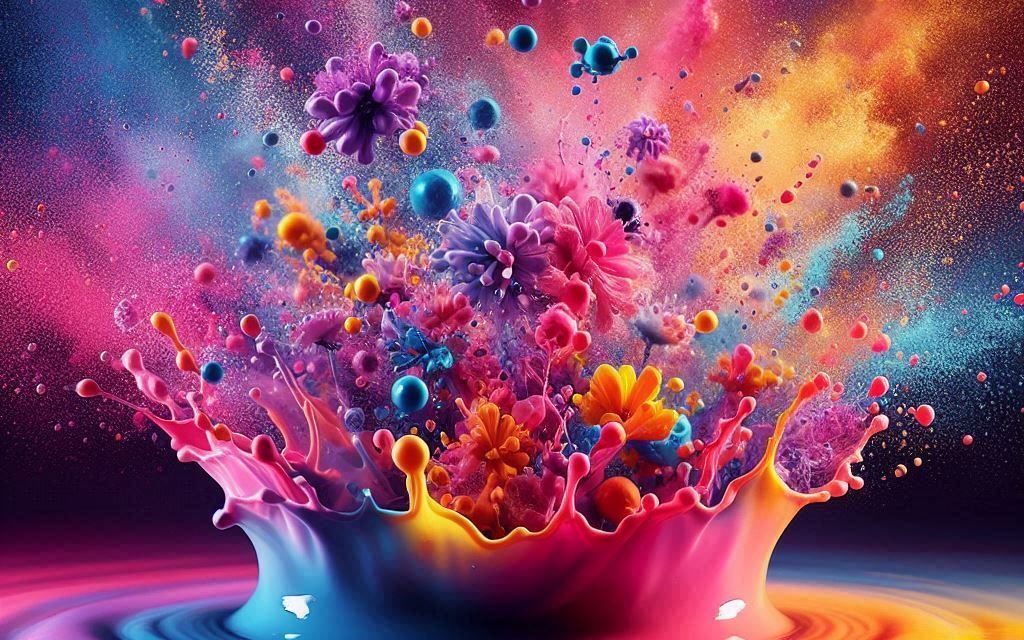Table of Contents
The Transformative Power of Art: How Art Changes Our Perception of Reality
The power of art, in its various forms, has long played a central role in human society, acting as a conduit for expression, communication, and cultural development. From prehistoric cave paintings to contemporary digital media, art has influenced how people think, feel, and understand the world around them. But beyond its aesthetic and emotional impact, art has a unique ability to shape and alter our perception of reality. This transformative power stems from the way art engages with human consciousness, challenges conventional modes of understanding, and offers new perspectives on life and existence.

Photo by Pexels
Art as a Mirror and a Lens
One of the most fundamental ways art influences our perception of reality is by reflecting and reframing the world we inhabit. Art serves as both a mirror, reflecting back aspects of our shared human experience, and a lens, magnifying details or perspectives that might otherwise go unnoticed. Through these dual functions, art allows us to see familiar things in new and unfamiliar ways.
For example, consider the works of impressionist painters like Claude Monet or Vincent van Gogh. Their use of vibrant colors and loose brushstrokes did not depict the world with photographic accuracy but instead conveyed a heightened, almost dreamlike version of reality. In doing so, they challenged the idea that art must faithfully reproduce reality and instead highlighted the subjective nature of perception. Through impressionism, viewers were encouraged to appreciate the nuances of light, movement, and emotion, thus altering their perception of reality beyond the confines of objective realism.
Similarly, literature and film often offer a lens through which to examine human nature, history, and society. Writers like George Orwell or Aldous Huxley used dystopian fiction to depict alternate realities that, while fictional, cast critical light on contemporary political and social issues. By immersing readers in these alternate worlds, Orwell’s 1984 or Huxley’s Brave New World alter our perception of reality, forcing us to question the direction of modern society and the potential consequences of unchecked power, technology, or conformity.
Expanding the Boundaries of Experience
Art’s transformative capacity lies in its ability to transcend the boundaries of ordinary experience. Whereas our day-to-day lives are often governed by practical concerns and limited by immediate surroundings, art expands the horizons of what is conceivable and what can be experienced. This expansion is not limited to visual or auditory sensations but also involves cognitive and emotional dimensions.
One clear example of this is abstract art. When we encounter a Jackson Pollock painting, for instance, we are faced with a canvas that lacks recognizable forms or figures. The initial reaction for many is confusion or frustration, as it defies our usual expectations of what art “should” depict. However, upon closer reflection, abstract art invites us to engage with it on a different level, encouraging the viewer to explore new meanings, associations, and interpretations. In this way, art disrupts our default cognitive processes and opens the mind to alternative ways of experiencing the world.
The same principle applies to music, particularly in genres like jazz or avant-garde compositions. Music, by nature, exists in the dimension of time, and its structure, rhythm, and melody have the power to shift how we perceive time itself. A dissonant chord, an unexpected tempo, or a sudden silence in a piece of music can evoke emotions and thoughts that challenge linear perceptions of time or predictability. Music thus becomes not merely an auditory experience but a vehicle for experiencing reality in new, fluid ways.
Challenging Conventional Narratives
Art often serves as a powerful tool for challenging prevailing narratives or ideologies, thereby shifting cultural perceptions of reality. In its subversive capacity, art disrupts the status quo, invites dissent, and encourages critical reflection on what we take for granted.
One need only look at the role of art in social movements to appreciate its impact on societal perceptions. During the Civil Rights Movement in the United States, artists like Nina Simone and writers like James Baldwin used their platforms to confront the harsh realities of racism, inequality, and injustice. Their work did not merely document these issues; it exposed and amplified them in ways that penetrated the collective consciousness, forcing society to confront uncomfortable truths. Art became a catalyst for changing not only laws and policies but also the very way individuals viewed race, identity, and justice.
In the visual arts, movements such as surrealism and dadaism rejected conventional logic and aesthetics in favor of irrationality and absurdity, particularly in response to the horrors of World War I. Artists like Salvador Dalí and Marcel Duchamp sought to undermine the rationalism that had, in their view, contributed to the devastation of war. By breaking down the barriers between the real and the imagined, they sought to challenge traditional notions of order and control, offering instead a vision of reality that was fluid, fragmented, and unpredictable.
Through such radical interventions, art does not merely represent reality; it actively reshapes it by questioning and deconstructing the foundations of our beliefs.
Art as a Bridge to the Transcendent
Finally, art has the ability to connect us to the transcendent—those aspects of existence that go beyond the material and the tangible. This is particularly true of religious and spiritual art, which seeks to evoke a sense of the divine or the sublime. Whether through the soaring architecture of Gothic cathedrals or the meditative brushstrokes of Zen calligraphy, such art offers glimpses into realities that are beyond our ordinary comprehension.
Philosophers like Immanuel Kant and Friedrich Nietzsche explored the relationship between art and the transcendent. For Kant, art had the ability to evoke the “sublime,” a state of awe or wonder that transcends rational understanding. Nietzsche, on the other hand, viewed art as the ultimate expression of life’s chaotic and creative forces, a medium through which individuals could confront the “abyss” of existence and find meaning in an otherwise indifferent universe. In both cases, art serves as a means of grappling with the most profound questions of existence, altering not only how we see the world but how we relate to it on a fundamental level.
Conclusion
Art, in its many forms, has an unparalleled ability to transform our perception of reality. By acting as both a mirror and a lens, it allows us to see the world in new ways, expanding the boundaries of experience and challenging conventional narratives. Through its engagement with the transcendent, art offers a path to deeper understanding, connecting us to realities beyond the material. Whether through visual art, literature, music, or performance, art alters the way we experience, understand, and navigate the complexities of life. In doing so, it reminds us that reality is not a fixed entity but a dynamic, ever-shifting construct shaped by our perceptions, imaginations, and shared experiences.


No responses yet